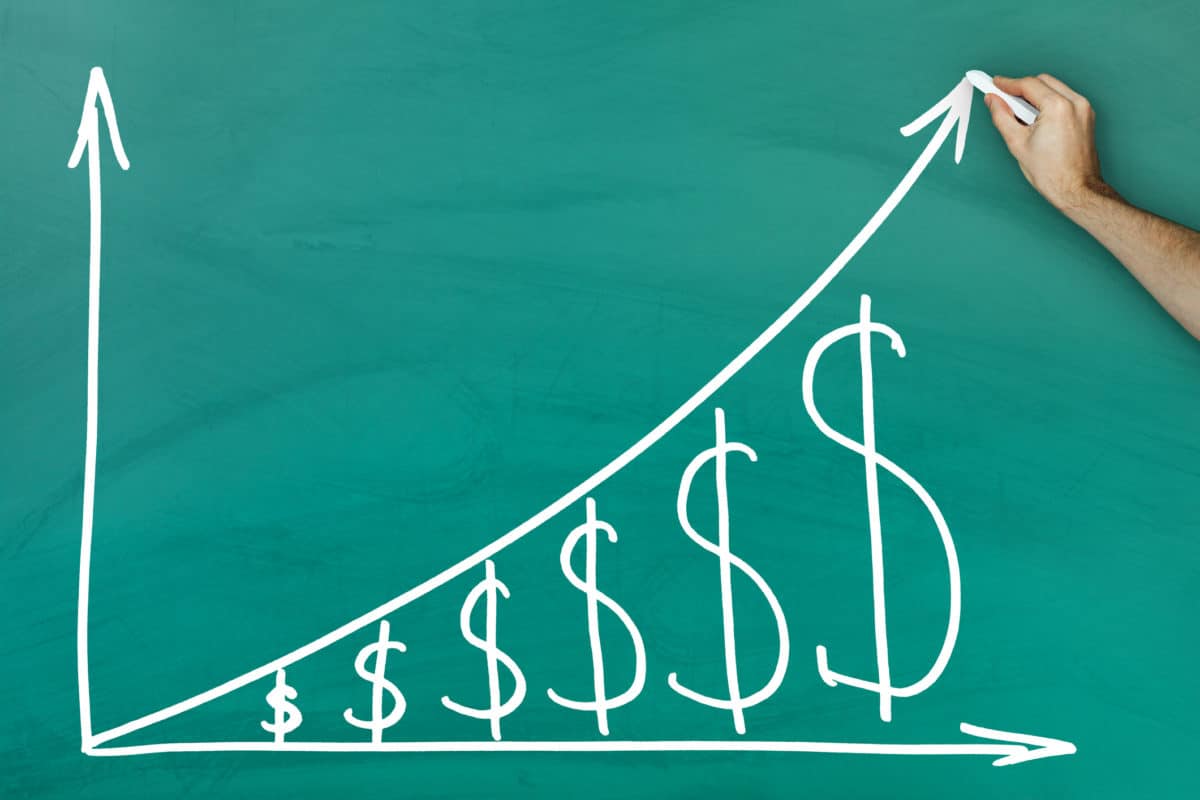Higher dividend yields can be a good investment, especially when they are backed by strong company fundamentals and a sustainable payout ratio. Historically, dividend yields between 4% and 6% have often been associated with stable, mature companies. Ones that generate consistent cash flows, such as utilities, telecommunications, and consumer staples.
For instance, stocks with dividend yields in this range and payout ratios below 60% have tended to provide reliable income. Plus, steady capital appreciation over the long term. However, yields significantly higher than this, typically above 8%, can sometimes signal financial distress or unsustainable dividend practices. This makes it crucial for investors to carefully assess the underlying health of the company before investing.
BCE isn’t the best
If you’re a Canadian dividend seeker on the hunt for reliable income, BCE (TSX:BCE) might not be the ideal pick right now. BCE is often celebrated for its consistent dividend payouts. Yet its current financials reveal some concerns that may give investors pause. With a forward annual dividend yield of 8.34%, BCE’s payout is undoubtedly attractive on the surface. However, a deeper look at the numbers suggests caution. The company’s payout ratio sits at a staggering 182.79%. This indicates that BCE is paying out more in dividends than it earns in net income. That’s a potential red flag for sustainability.
Moreover, BCE has been struggling with growth, showing a quarterly revenue decline year over year. The stock has also seen a significant drop in value, with shares down 14% in the last year. Add to that a high debt load, with a total debt of $39.5 billion and a debt-to-equity ratio of 197.43%. That’s a mix that might not be ideal for investors looking for stable, long-term income. The company’s current share price reflects these challenges, as it continues to trade near its 52-week low of $42.58.
Look to future stability
For investors seeking more robust options, Northland Power (TSX:NPI) and goeasy (TSX:GSY) might offer better prospects. Northland Power offers a forward dividend yield of 5.13%, which, while slightly lower than BCE’s, comes with a more sustainable payout ratio of 76.92%. NPI has shown resilience in the renewable energy sector, with a quarterly revenue growth of 21.40% year over year. This makes it a compelling option for those looking to tap into the growing clean energy market. Plus, NPI’s focus on renewable energy aligns with global trends toward sustainability, potentially offering both income and capital appreciation over time.
Then there’s goeasy stock, which offers a forward annual dividend yield of 2.52%. Yet what it lacks in yield, it makes up for in growth potential. goeasy has been a stellar performer, with shares up 41% in the last year, and its revenue growth of 15.40% year over year showcases its ability to expand even in challenging market conditions. The company’s payout ratio is a modest 27.70%, suggesting that the dividend is well-covered by earnings, giving investors confidence in its sustainability.
Moreover, goeasy’s business model, which focuses on non-prime lending, positions it well to benefit from the rising demand for credit solutions among consumers. The company’s strong profitability metrics, including a return on equity of 25.28%, underline its efficiency in generating returns for shareholders. This makes it an attractive growth story with a dividend kicker.
Bottom line
While BCE stock has long been a staple for dividend investors, its current financial metrics and market performance suggest that it may not be the best option for those seeking sustainable income. Instead, investors might want to consider Northland Power and goeasy, both of which offer a compelling mix of income and growth potential. Together, these position the stocks as stronger alternatives for long-term investment in the current market environment.








